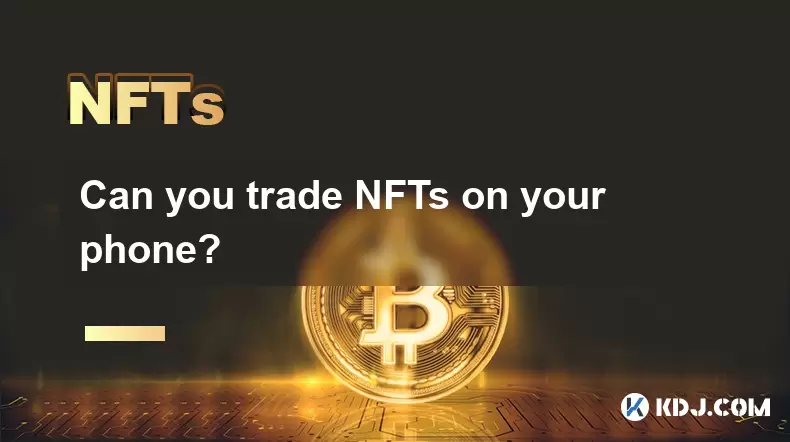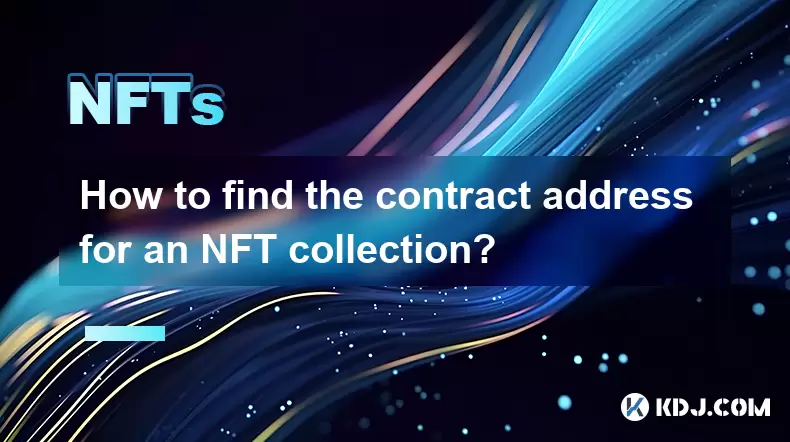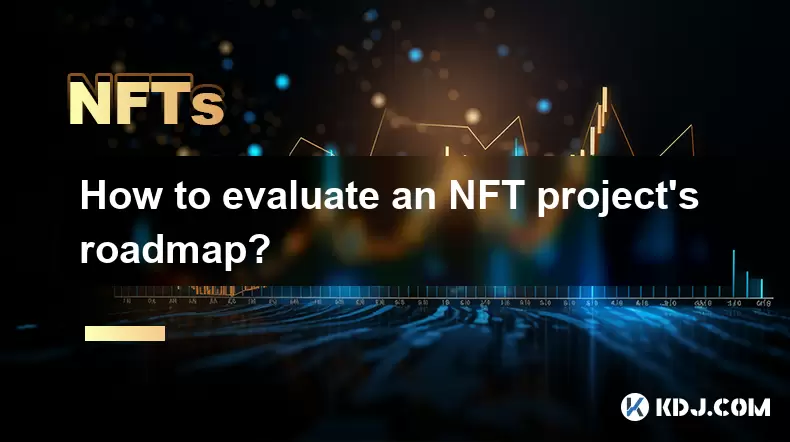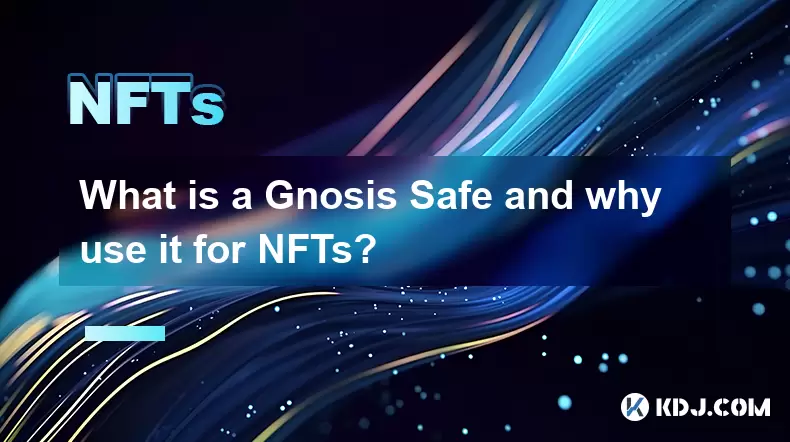-
 Bitcoin
Bitcoin $120400
1.77% -
 Ethereum
Ethereum $3615
7.90% -
 XRP
XRP $3.580
17.84% -
 Tether USDt
Tether USDt $1.001
0.06% -
 BNB
BNB $729.4
1.25% -
 Solana
Solana $179.9
5.04% -
 USDC
USDC $0.0000
0.01% -
 Dogecoin
Dogecoin $0.2311
8.22% -
 TRON
TRON $0.3226
4.04% -
 Cardano
Cardano $0.8490
12.85% -
 Hyperliquid
Hyperliquid $46.45
0.72% -
 Stellar
Stellar $0.4913
8.54% -
 Sui
Sui $4.027
2.00% -
 Chainlink
Chainlink $18.51
11.67% -
 Hedera
Hedera $0.2818
21.51% -
 Avalanche
Avalanche $24.03
7.40% -
 Bitcoin Cash
Bitcoin Cash $508.5
2.90% -
 Shiba Inu
Shiba Inu $0.00001496
3.24% -
 UNUS SED LEO
UNUS SED LEO $8.961
1.83% -
 Toncoin
Toncoin $3.264
3.13% -
 Litecoin
Litecoin $104.6
8.15% -
 Polkadot
Polkadot $4.389
6.11% -
 Uniswap
Uniswap $9.924
10.63% -
 Monero
Monero $337.9
0.49% -
 Pepe
Pepe $0.00001376
2.79% -
 Bitget Token
Bitget Token $4.830
2.46% -
 Ethena USDe
Ethena USDe $1.001
0.05% -
 Dai
Dai $1.000
0.02% -
 Aave
Aave $325.2
1.66% -
 Bittensor
Bittensor $423.7
-0.85%
What is a hardware wallet for NFTs?
A hardware wallet for NFTs securely stores digital assets offline, protecting private keys from online threats and offering a safe way to manage valuable collectibles.
Jul 17, 2025 at 07:00 pm

Understanding the Concept of a Hardware Wallet for NFTs
A hardware wallet for NFTs is a physical device designed to securely store non-fungible tokens (NFTs) offline. Unlike software wallets, which are applications running on smartphones or computers and can be vulnerable to hacking, hardware wallets offer a higher level of security by keeping private keys—used to access blockchain assets—stored in an isolated environment. This makes them one of the safest options for holding valuable digital collectibles and other NFT-based assets.
NFTs, unlike cryptocurrencies such as Bitcoin or Ethereum, represent unique digital items like artwork, music, or virtual real estate. Because of their uniqueness and often high value, securing them properly is crucial. A hardware wallet ensures that these digital assets remain protected from online threats.
How Does a Hardware Wallet for NFTs Work?
A hardware wallet operates by storing your private keys in a secure chip within the device itself. These keys never leave the device, even when you're signing transactions. When you want to interact with your NFTs, such as transferring or selling them, you connect the wallet to your computer or mobile device and confirm the transaction directly on the hardware wallet.
- The user connects the hardware wallet to a compatible platform or application.
- A transaction request is generated, for example, approving the sale of an NFT.
- The hardware wallet signs the transaction using its internal private key.
- The signed transaction is broadcasted to the blockchain network.
This process ensures that no malicious actor can gain access to your private keys, even if the connected device is compromised. The offline storage mechanism of hardware wallets plays a central role in this security model.
Popular Hardware Wallets That Support NFTs
Several brands have emerged as leaders in providing secure storage solutions for NFTs. Among them, Ledger and Trezor are two of the most trusted names in the industry. Both support a wide range of blockchains where NFTs are commonly issued, including Ethereum, Binance Smart Chain, and Solana.
Ledger Nano X allows users to manage NFTs via Bluetooth connectivity and offers integration with platforms like OpenSea and Rarity.tools. It supports multiple wallets through apps installed on the device, giving users flexibility without compromising security.
Trezor Model T also supports NFTs and provides a touchscreen interface for easy navigation. While it may not support as many blockchains out-of-the-box as Ledger, its open-source firmware adds another layer of transparency and trust.
Steps to Store NFTs in a Hardware Wallet
Transferring NFTs to a hardware wallet involves several precise steps. Any mistake could result in permanent loss of access. Here's how to do it safely:
- Ensure your hardware wallet is set up and backed up using the recovery phrase provided during initial configuration.
- Install the relevant blockchain app on your hardware wallet—for example, Ethereum if your NFTs are stored on that chain.
- Connect your hardware wallet to a compatible wallet service like MetaMask or Trust Wallet.
- Switch the wallet provider in your browser extension or mobile app to your hardware wallet.
- Locate your NFTs in the current wallet and initiate a transfer to the address associated with your hardware wallet.
- Approve the transaction on both your software wallet interface and directly on the hardware wallet screen.
After completing these steps, your NFTs will reside in the hardware wallet. You can view them anytime by connecting the device to the same wallet service used for the transfer. Always double-check addresses before sending any NFTs to avoid irreversible mistakes.
Security Features Unique to Hardware Wallets
Hardware wallets come with built-in features specifically designed to protect against unauthorized access and theft. One of the most important is PIN protection, which locks the device after a certain number of incorrect attempts. Some models also include biometric authentication, adding another barrier to entry.
Another critical feature is the recovery phrase, typically a 12- or 24-word mnemonic phrase generated during setup. This phrase allows users to restore access to their funds if the device is lost or damaged. However, it must be stored securely and never shared with anyone.
In addition, many hardware wallets use secure element chips, which are tamper-resistant and designed to prevent physical attacks. These components ensure that even if someone gains physical possession of the device, they cannot extract the private keys without triggering self-destruct mechanisms.
Common FAQs About Hardware Wallets for NFTs
Can I store all types of NFTs in a hardware wallet?
Most modern hardware wallets support popular NFT standards like ERC-721 and ERC-1155 on Ethereum. However, compatibility varies across blockchains, so it’s essential to verify whether your specific NFT type is supported by the wallet you choose.
Is it possible to lose my NFTs permanently with a hardware wallet?
Yes, if you lose your hardware wallet and don’t have the recovery phrase, or if you enter the recovery phrase incorrectly too many times, you may permanently lose access to your NFTs. Proper backup procedures are vital.
Do hardware wallets charge fees for storing NFTs?
No, hardware wallets themselves do not charge fees for storing NFTs. However, interacting with the blockchain—such as transferring NFTs to or from the wallet—requires paying gas fees, which are network charges determined by the blockchain.
Can I use multiple hardware wallets for different NFT collections?
Absolutely. Many users maintain separate wallets for different purposes, such as one for everyday transactions and another exclusively for high-value NFTs. This strategy enhances security and organization.
Disclaimer:info@kdj.com
The information provided is not trading advice. kdj.com does not assume any responsibility for any investments made based on the information provided in this article. Cryptocurrencies are highly volatile and it is highly recommended that you invest with caution after thorough research!
If you believe that the content used on this website infringes your copyright, please contact us immediately (info@kdj.com) and we will delete it promptly.
- Bitcoin, Cloud Mining, Crypto Wealth: Riding the Bull Run in Style
- 2025-07-18 12:30:12
- Ethereum Gas Fees, ERA Airdrop: A New Yorker's Take on Crypto Chaos
- 2025-07-18 12:50:12
- Bitcoin, Altcoins, and the Crypto Market: Navigating Trump's Crypto Ventures and the Evolving Digital Landscape
- 2025-07-18 12:50:12
- Bitcoin Holdings and the Smarter Web: A Match Made in Digital Heaven?
- 2025-07-18 12:10:12
- Bitcoin, MSTR & Saylor's Strategy: A Winning Trifecta?
- 2025-07-18 08:30:13
- Bitcoin Mortgages Down Under: A New Wave in Australian Homeownership?
- 2025-07-18 08:50:12
Related knowledge

Can you trade NFTs on your phone?
Jul 18,2025 at 04:29am
Trading NFTs on Mobile DevicesYes, you can trade NFTs on your phone, and the process has become increasingly streamlined thanks to a variety of mobile...

How to find out about upcoming NFT mints?
Jul 18,2025 at 11:50am
Exploring NFT Minting OpportunitiesUnderstanding the landscape of upcoming NFT mints is crucial for collectors, investors, and creators who wish to st...

What is the environmental impact of Proof-of-Stake NFTs?
Jul 17,2025 at 07:14pm
Understanding the Basics of Proof-of-Stake NFTsProof-of-Stake (PoS) is a consensus mechanism used by blockchain networks to validate transactions and ...

How to find the contract address for an NFT collection?
Jul 18,2025 at 11:56am
Understanding What a Contract Address IsIn the world of non-fungible tokens (NFTs), a contract address is a unique identifier assigned to a smart cont...

How to evaluate an NFT project's roadmap?
Jul 18,2025 at 01:21am
Understanding the Basics of an NFT Project RoadmapAn NFT project's roadmap is a strategic document that outlines the short-term and long-term goals of...

What is a Gnosis Safe and why use it for NFTs?
Jul 18,2025 at 05:57am
Understanding the Gnosis SafeA Gnosis Safe is a multi-signature wallet developed by the Gnosis team, which allows users to manage digital assets with ...

Can you trade NFTs on your phone?
Jul 18,2025 at 04:29am
Trading NFTs on Mobile DevicesYes, you can trade NFTs on your phone, and the process has become increasingly streamlined thanks to a variety of mobile...

How to find out about upcoming NFT mints?
Jul 18,2025 at 11:50am
Exploring NFT Minting OpportunitiesUnderstanding the landscape of upcoming NFT mints is crucial for collectors, investors, and creators who wish to st...

What is the environmental impact of Proof-of-Stake NFTs?
Jul 17,2025 at 07:14pm
Understanding the Basics of Proof-of-Stake NFTsProof-of-Stake (PoS) is a consensus mechanism used by blockchain networks to validate transactions and ...

How to find the contract address for an NFT collection?
Jul 18,2025 at 11:56am
Understanding What a Contract Address IsIn the world of non-fungible tokens (NFTs), a contract address is a unique identifier assigned to a smart cont...

How to evaluate an NFT project's roadmap?
Jul 18,2025 at 01:21am
Understanding the Basics of an NFT Project RoadmapAn NFT project's roadmap is a strategic document that outlines the short-term and long-term goals of...

What is a Gnosis Safe and why use it for NFTs?
Jul 18,2025 at 05:57am
Understanding the Gnosis SafeA Gnosis Safe is a multi-signature wallet developed by the Gnosis team, which allows users to manage digital assets with ...
See all articles

























































































